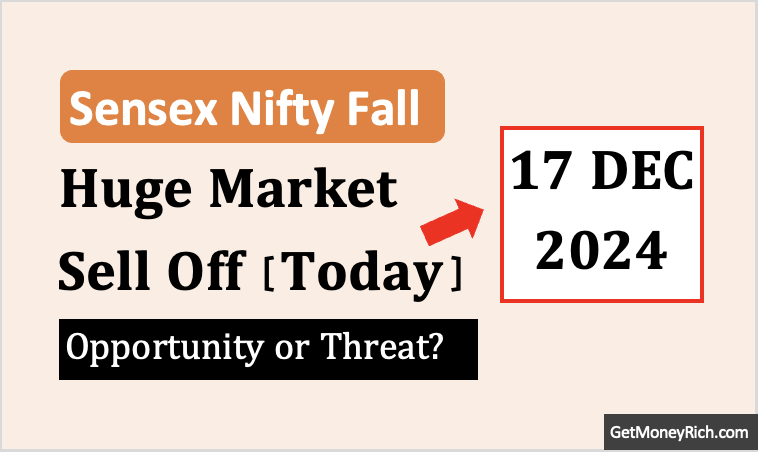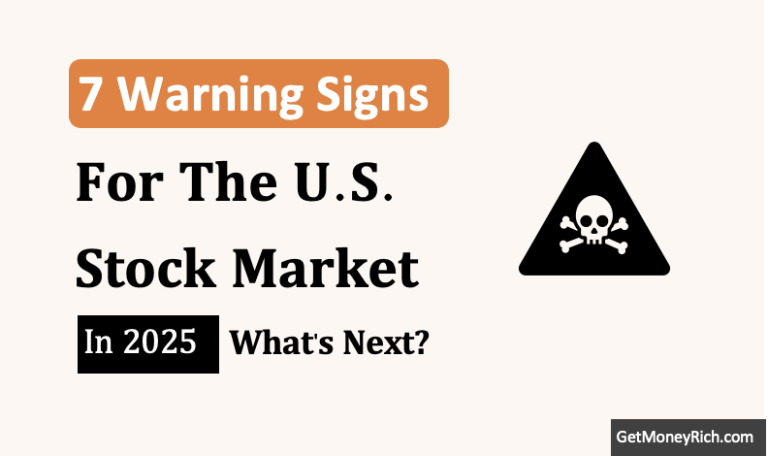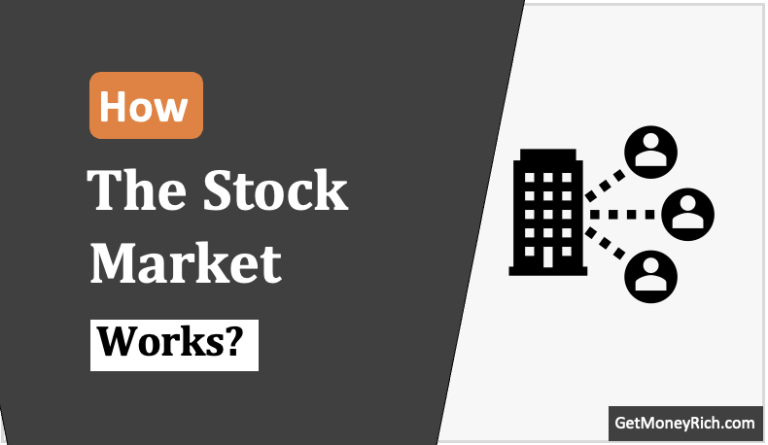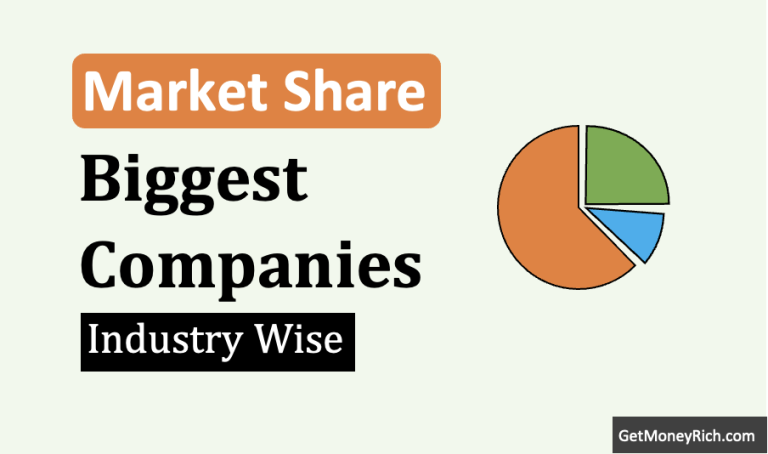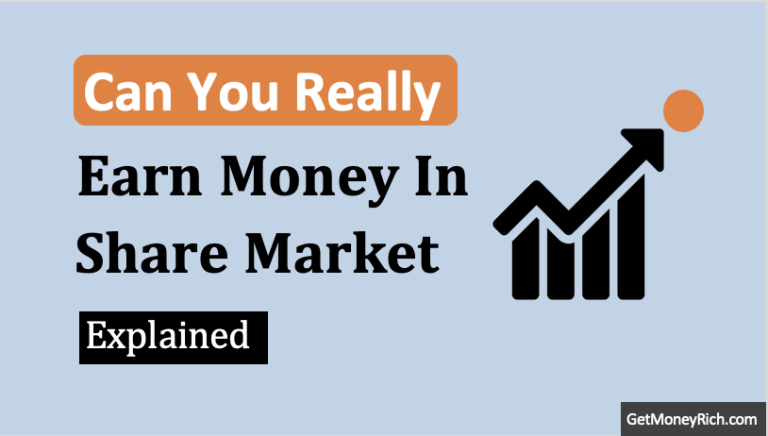Hello folks, today we’re diving deep into the wild world of stock markets. Forget the jargon-filled textbooks; we’re going to break down which markets are the big dogs, how to size them up, and where the future might be headed. This isn’t just about numbers; it’s about understanding what makes these financial hubs tick and figuring out which ones truly deserve to be called the best stock markets.
The Titans: NYSE, NASDAQ, and Shanghai
So, someone asked me the other day, “If you had to pick three of the best stock markets right now, which would they be?” My answer? It’s hard to argue with the classics: the New York Stock Exchange (NYSE) and the NASDAQ, both right here in the good ol’ US of A, plus the Shanghai Stock Exchange (SSE).
Think of the NYSE as the granddaddy of the stock market world.
It’s got history, it’s got prestige, and it’s got the heft of some of the biggest, most established companies in the world. We’re talking market cap way north of $30 trillion. It’s the kind of place where blue-chip stocks feel right at home. Now, with the “Magnificent Seven” tech companies driving significant gains in the broader market index S&P 500, it is hard to ignore the returns generated by NYSE.
Then there’s the NASDAQ, the cool kid on the block.
It’s the place where tech dreams are made (and sometimes broken). It is the second largest stock market in the world. If you’re looking for the Apples, Microsofts, and Amazons of the world, this is where you’ll find them. It’s been a HUGE driver of the tech boom. Full disclosure: I’ve got a soft spot for the NASDAQ. I mean, who doesn’t love a bit of innovation and disruption?
Now, let’s hop across the Pacific to Shanghai. The SSE represents China’s economic power.
It’s a different beast altogether. It is a market that you cannot ignore. It’s big, it’s important, and it gives you a window into the world’s second-largest economy. Investing in SSE is investing in China. But it’s also a bit of a rollercoaster. Political winds and economic shifts can send it soaring or plunging. So you need a strong stomach and an even stronger understanding of the Chinese market.
What Makes a Stock Market Good?
Okay, so how do we decide which markets are worth our attention? Which ones truly rank among the best stock markets? Here are a few things to consider to filter a good and reliable stock market:
- Size of the market: Market capitalization is important, sure. But it’s not the only thing. I also look at the average size of the companies listed.
- Quality of Listings: Are the listed companies stable, mature businesses, or are they a bunch of risky startups?
- Liquidity is also king. Can you actually buy and sell your stocks easily?
- High trading volume and tight bid-ask spreads are also a key. If you’re stuck holding a stock nobody wants, you’re in trouble.
- Of course, performance matters. Historical returns generated by the listed stocks will also be my filter to find the best stock market.
- But I’ll also pay attention to volatility of the price. A smooth ride is often better than a rocket ship that could explode at any minute.
- A market with companies from all sorts of sectors is a healthy market. If it’s all tech or all energy, it’s vulnerable.
- Also, strong regulations that protect investors is non-negotiable. I want to know the game is fair.
- Access for Foreign Investors: Can foreign investors get in easily? Are there currency controls or weird tax rules?
- We live in a digital world. The market needs to have modern trading systems and readily available data.
- And lastly, is the country’s economy stable? What’s the political situation like? These things matter. Is the market fostering new ideas and new companies? That’s a sign of future growth.
In a nutshell, the easier it is to invest, for all types of investors – domestic and foreign, more reliable is the stock market. A combination of above listed eleven factors gives reliability to a stock market. This feeling of reliability can transform a normal market into the world’s best stock market.
NYSE vs. NASDAQ vs. SSE: A Quick Comparison
To paint a quick picture, here’s a simplified view of how these markets stack up: The
- NYSE tends to attract more traditional, established companies.
- The NASDAQ is the clear leader for technology and high-growth companies.
- Meanwhile, the SSE is heavily influenced by state-owned enterprises and reflects China’s overall economic strategy.
Volatility tends to be moderate on the NYSE, higher on the NASDAQ due to the nature of tech stocks. Compared to NYSE and NASDAQ, volatility is very high on the SSE. Its movements are often tied to policy changes or economic news from China. Foreign investment is generally straightforward in the US markets, while the SSE has more restrictions.
These core differences shape each market’s character.
To make things easier, here’s a quick comparison:
| Feature | New York Stock Exchange (NYSE) | NASDAQ | Shanghai Stock Exchange (SSE) |
|---|---|---|---|
| Founded | 1792 | 1971 | 1990 |
| Location | New York, USA | New York, USA | Shanghai, China |
| Market Type | Traditional Stock Exchange (Physical + Digital) | Fully Electronic Exchange | Traditional Stock Exchange (Physical + Digital) |
| Market Capitalization | ~$28 Trillion (Largest in the world) | ~$24 Trillion | ~$8 Trillion |
| Number of Listed Companies | ~2,400+ | ~3,300+ | ~2,000+ |
| Major Index | S&P 500, Dow Jones Industrial Average (DJIA) | Nasdaq Composite, Nasdaq-100 | SSE Composite Index, CSI 300 |
| Type of Companies Listed | Large-cap, established firms (Blue Chips) | Tech-heavy, innovative companies | State-owned enterprises, major Chinese firms |
| Trading System | Auction-based (Open outcry + Electronic) | Dealer-based (Fully electronic) | Auction-based (Electronic + Some manual) |
| Listing Requirements | High financial and governance standards | More flexible, focused on growth firms | Strict regulations, state influence |
| Major Companies Listed | Apple, Microsoft, JPMorgan Chase, Johnson & Johnson | Tesla, Amazon, Google (Alphabet), Meta (Facebook) | PetroChina, ICBC, Alibaba (dual listing), Ping An Insurance |
| Investor Participation | Global investors, strong institutional presence | High retail investor activity, global participation | Mostly domestic investors, foreign access limited |
| Regulatory Body | SEC (Securities and Exchange Commission) | SEC (Securities and Exchange Commission) | CSRC (China Securities Regulatory Commission) |
| Trading Hours (Local Time) | 9:30 AM – 4:00 PM (ET) | 9:30 AM – 4:00 PM (ET) | 9:30 AM – 3:00 PM (CST) (Lunch break: 11:30 AM – 1:00 PM) |
| Trading Days | Monday – Friday (Closed on US holidays) | Monday – Friday (Closed on US holidays) | Monday – Friday (Closed on Chinese holidays) |
| Foreign Investment Access | Open to global investors | Open to global investors | Limited (through Stock Connect & QFII programs) |
| Technology & Innovation | Traditional, but digital transition | Advanced, digital-first exchange | Modernizing but still regulated by government policies |
| Volatility & Growth | Stable, slow growth | Higher volatility, rapid growth | Moderate growth, influenced by China’s economic policies |
| Government Influence | Free-market economy, minimal intervention | Free-market economy, minimal intervention | High government control, strict regulations |
| Dividend Stocks Availability | High (Many blue-chip dividend payers) | Moderate (Tech firms focus more on growth than dividends) | Moderate (State-owned firms often pay dividends) |
| Investor Risk Level | Low to Moderate (Stable market, strong regulations) | Moderate to High (High-tech, volatile stocks) | Moderate (Government control reduces risk, but limited access for foreigners) |
A Look Back: How They’ve Performed
Alright, let’s jump in our market time machine and zip back to the 1990s and see how these titans have performed.
The NYSE? It was all champagne and celebrations in the 90s as the dot-com boom took hold. The good times kept rolling until the bubble burst, and reality came crashing back down. The 2000s were a recovery, until the 2008 financial crisis delivered another knockout blow. But, like a fighter, the NYSE picked itself off the canvas and staged a comeback in the 2010s. Even COVID couldn’t keep it down for long!
| Stock Exhange | Country | Index | 1996 | 2025 | Period | Return |
|---|---|---|---|---|---|---|
| NYSE | USA | S&P 500 | 748.7 | 6,114.63 | 29 Years | 7.51% |
The NASDAQ? The 90s? Pure, unadulterated euphoria. The NASDAQ was the poster child for the dot-com boom, and the index went stratospheric. The crash was brutal (I remember it well!), and it took years to recover. But the 2010s saw the tech sector rise again, and the NASDAQ has been a growth engine ever since.
| Stock Exhange | Country | Index | 1996 | 2025 | Period | Return |
|---|---|---|---|---|---|---|
| Nasdaq | USA | Nasdaq Composite | 1,063.73 | 20,026.77 | 29 Years | 10.65% |
The SSE? This one’s a bit different. Re-established in 1990, it was all about catching up. The 2000s were wild, with a massive bubble in 2007 that then burst spectacularly. There was another crash in 2015. The SSE’s story is closely tied to China’s economic development, but also to government policy and intervention.
| Stock Exhange | Country | Index | 1996 | 2025 | Period | Return |
|---|---|---|---|---|---|---|
| SSE | China | SSE Composite | 525.00 | 3,365.00 | 29 Years | 6.62% |
Who Should Invest Where?
Okay, so which market is right for you? Here’s how I see it:
If you’re a short-term trader, constantly glued to your screen, chasing quick profits, then the NASDAQ’s a tempting playground. The wild swings in tech and growth stocks can create opportunities for savvy traders to capitalize on short-term momentum. But remember, volatility cuts both ways! You need nerves of steel and a well-defined risk management strategy because those quick profits can just as easily turn into rapid losses.
For the long-term investor, patience is your superpower. You’re not looking for overnight riches; you’re building a portfolio for the future. In that case, the NYSE, with its established, blue-chip companies, is often a safer bet. These are companies that have weathered economic storms and consistently delivered value over the long haul. It’s about building a diversified portfolio and letting time work its magic.
And if you’re all about that sweet, sweet passive income, the dividend investor in you should be drawn to the NYSE. Many of the large-cap companies listed there have a long history of paying consistent dividends, providing a steady stream of income. Think of sectors like utilities, consumer staples, and financials – these are the dividend aristocrats that can form the backbone of a dividend-focused portfolio.
Now, if you’re a growth-focused investor, hungry for those explosive returns, the NASDAQ is calling your name. This is where you’ll find the companies pushing the boundaries of innovation, the disruptors that are changing the world. But be warned, growth investing comes with its own set of risks. These companies are often unproven, and their valuations can be sky-high. You need to be comfortable with the possibility of significant losses.
Finally, the SSE? As I’ve said, proceed with caution. It’s a fascinating market with tremendous potential, but it’s also complex and often unpredictable. It requires a deep understanding of the Chinese economy, regulatory environment, and political landscape. It’s not for the faint of heart, or for those who aren’t willing to do their homework.
The Future: Who’s Next?
Let’s peer into the future and talk about potential future powerhouses. I believe that the Indian and Indonesian stock markets have the potential to become the next big thing.
India, with its Bombay Stock Exchange (BSE) and National Stock Exchange (NSE), is just bursting with potential. Think about it: a massive, young population fueling consumer demand, a booming tech sector creating innovative companies. There is also increasing foreign investment pouring into the country. India is on a trajectory of rapid growth, and its stock markets are poised to benefit. Imagine the NSE becoming a NASDAQ-like hub for tech innovation in the coming decades!
Then there’s Indonesia, with its Indonesia Stock Exchange (IDX). Often called Southeast Asia’s sleeping giant, it boasts a stable economy, abundant natural resources, and a growing middle class eager to participate in the market. The Indonesian government is also actively promoting foreign investment and developing its infrastructure. Geographically, Indonesia’s location offers it a great opportunity to become the financial hub for its neighboring countries. With continued growth and strategic development, the IDX could become a major player on the world stage.
Of course, both markets face challenges. They need to continue to improve their regulatory frameworks, enhance market transparency, and attract more domestic and international investors.
But the potential is definitely there.
Conclusion
So, we’ve taken a tour of the world’s stock markets, from the established giants like the NYSE and NASDAQ to the emerging contenders like India and Indonesia. Hopefully, you now have a better understanding of what makes a market tick and which ones might be right for you.
But let’s be real, folks. Investing isn’t about blindly following lists of the “best” anything, is it? It’s about finding the right fit for your goals, your risk tolerance, and your understanding of the market.
- Are you a thrill-seeking day trader or a patient, long-term investor?
- Do you crave the excitement of high-growth tech stocks or the stability of dividend-paying blue chips?
- Are you comfortable navigating the complexities of emerging markets, or do you prefer the relative safety of established economies?
The answers to these questions will guide you toward the markets that align with your investment style.
So, take what you’ve learned here, do your own research, and remember that the best stock market for you is the one that helps you achieve your financial dreams.
Have a happy investing.

